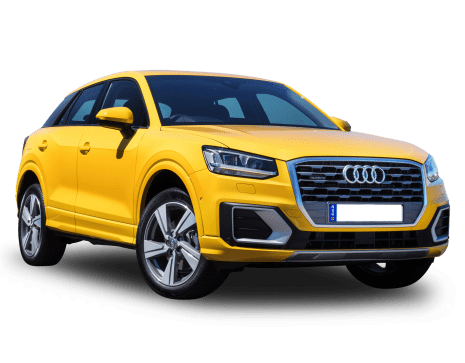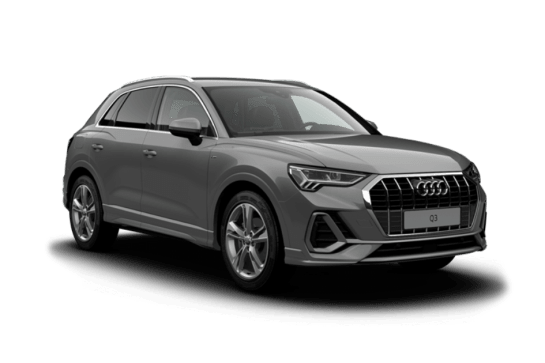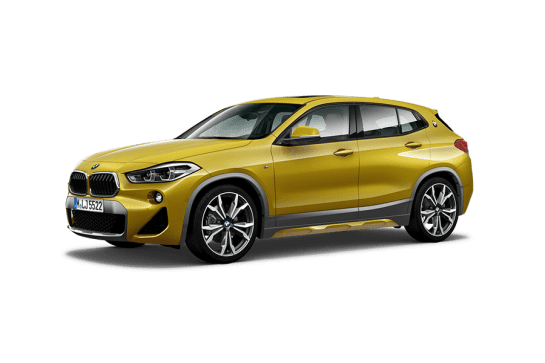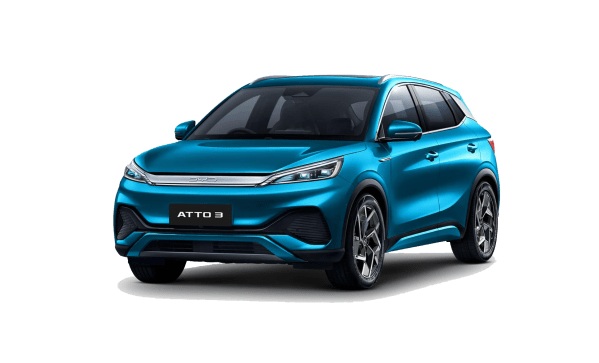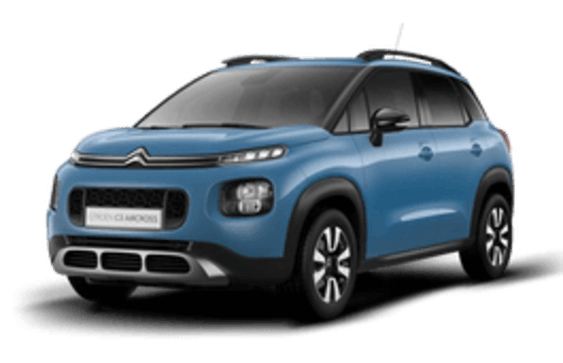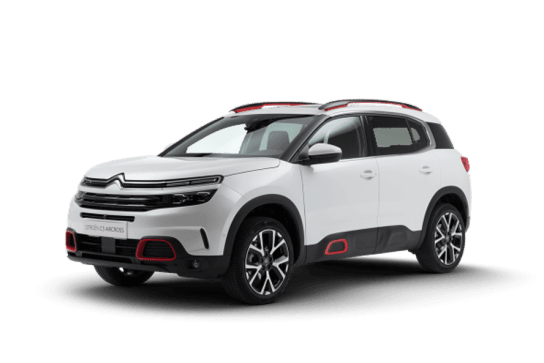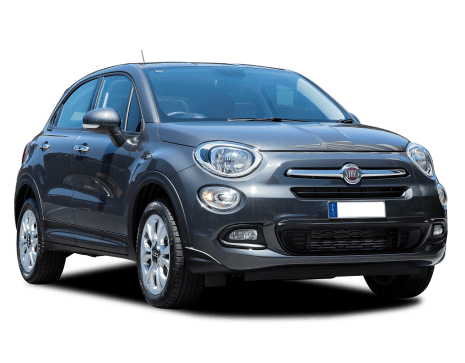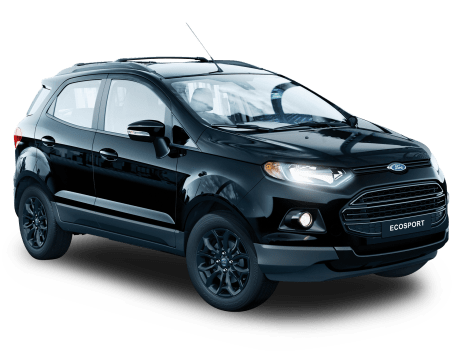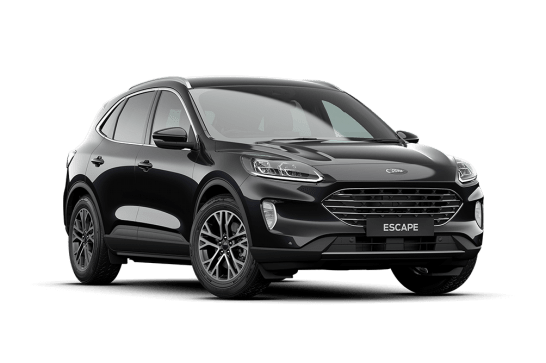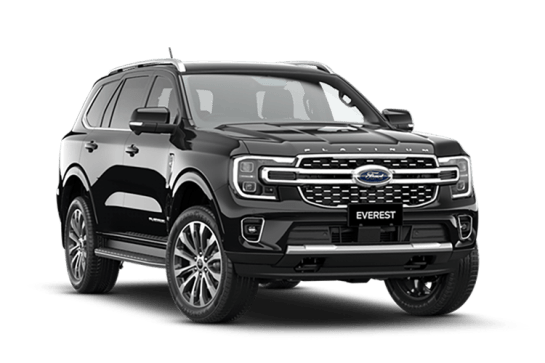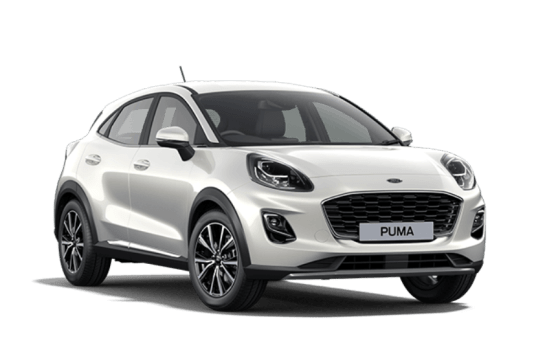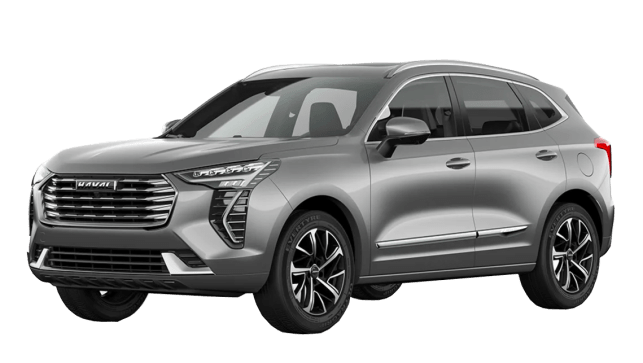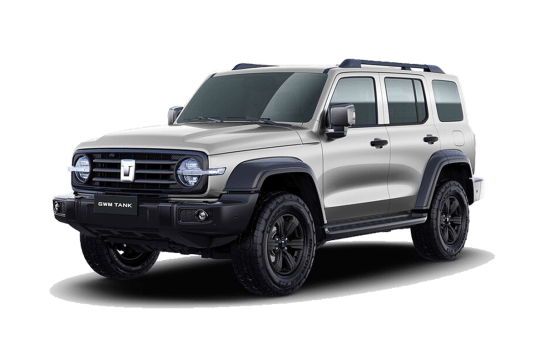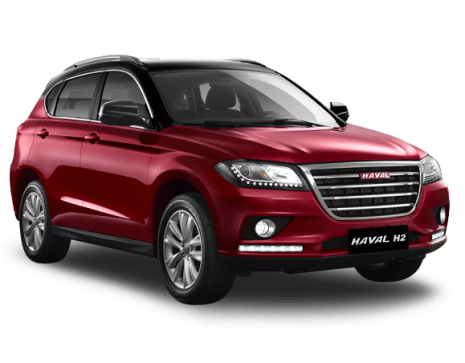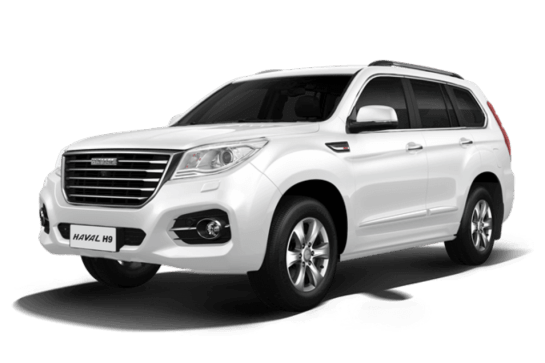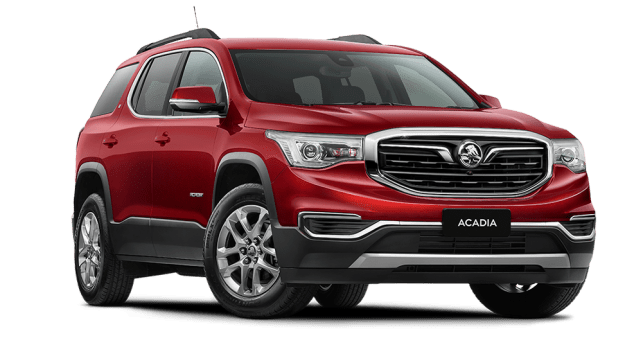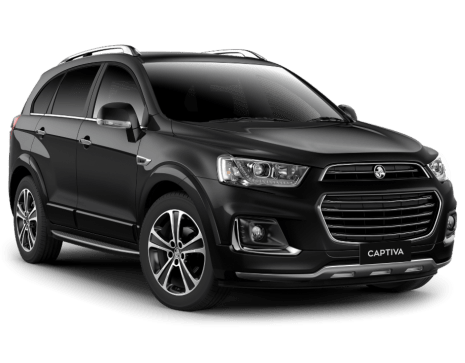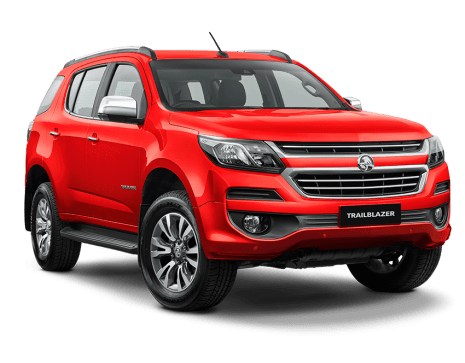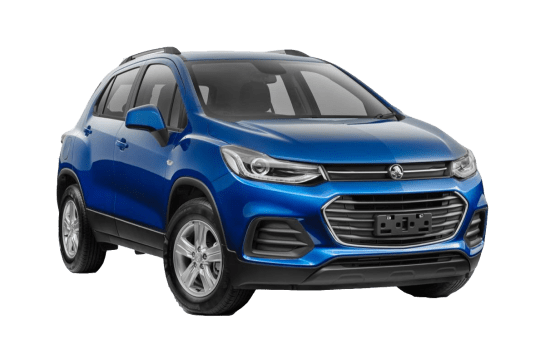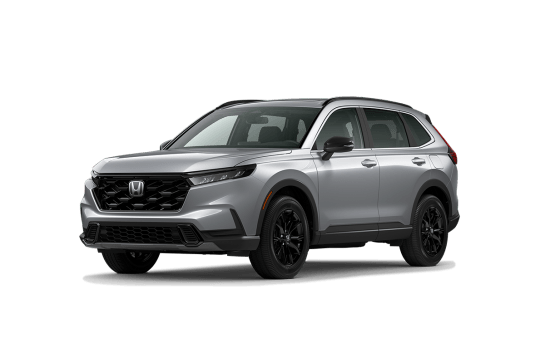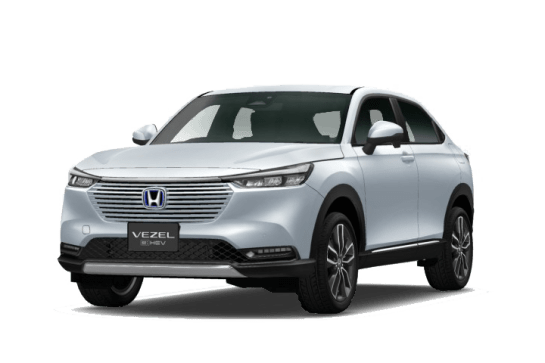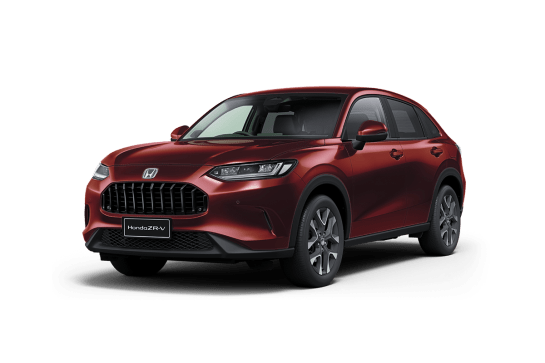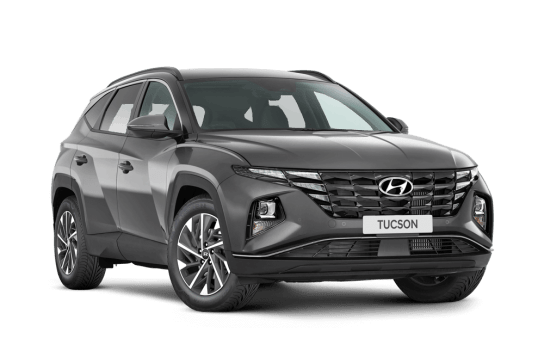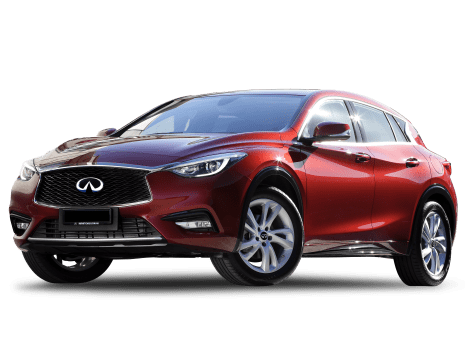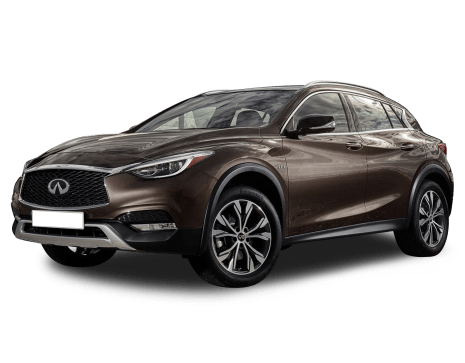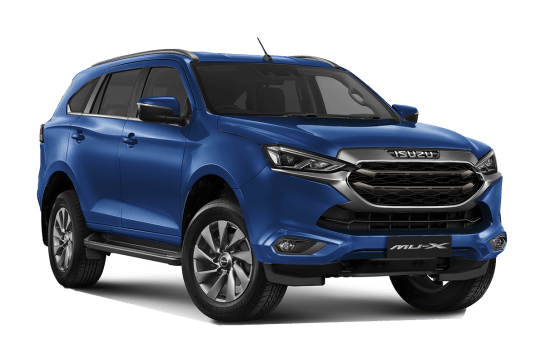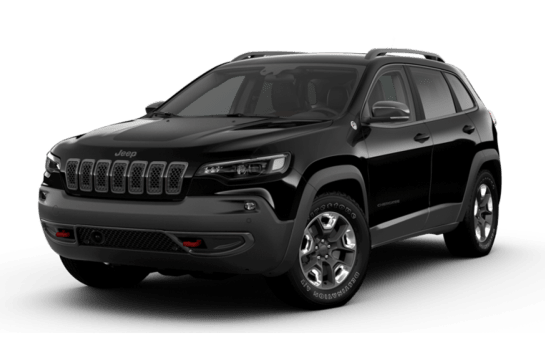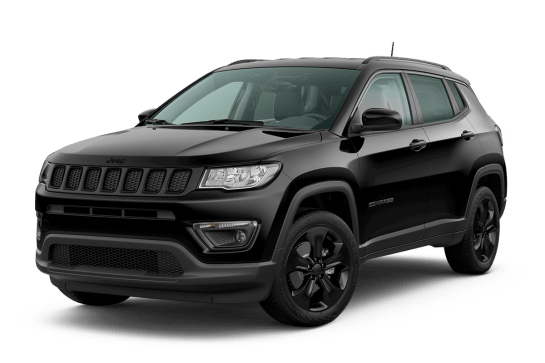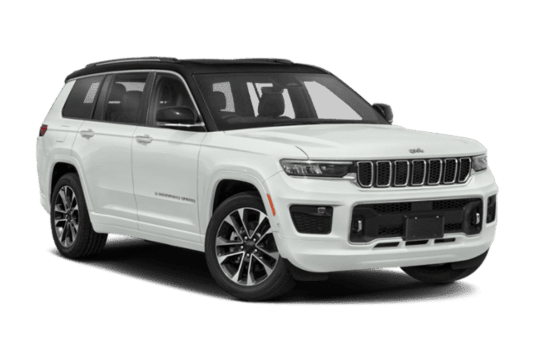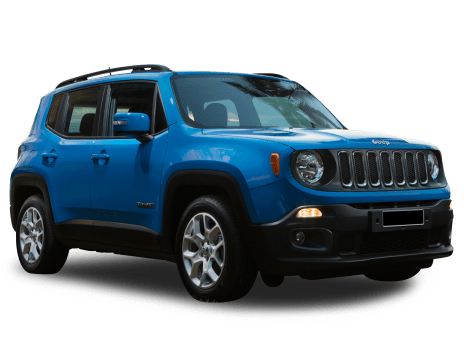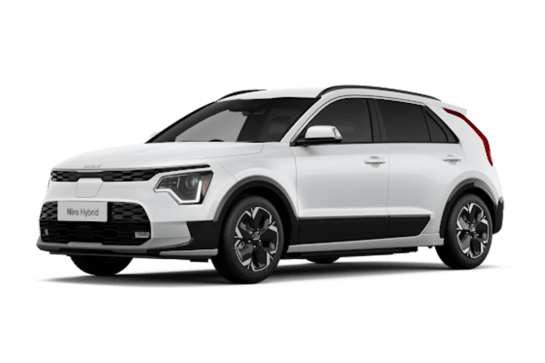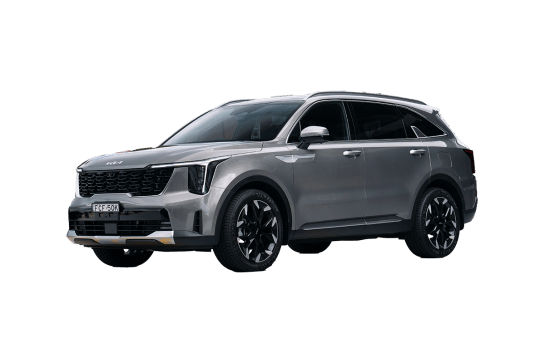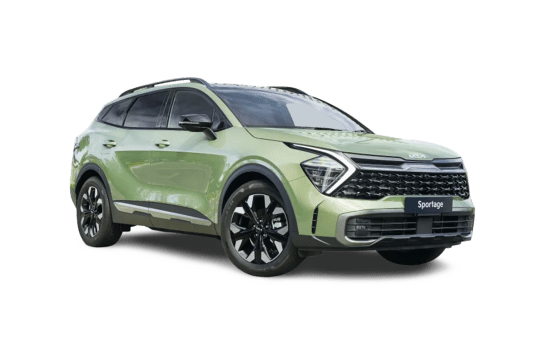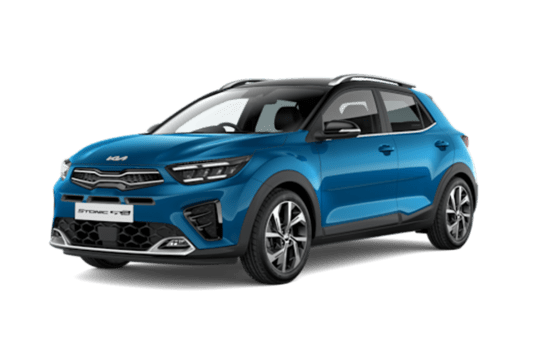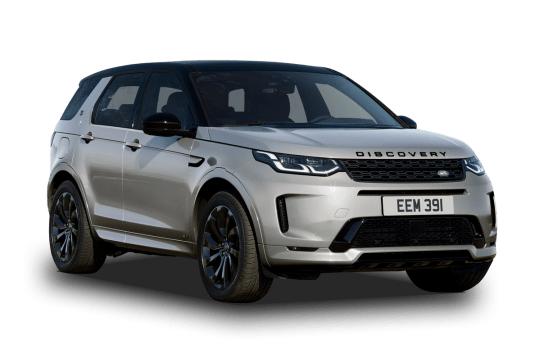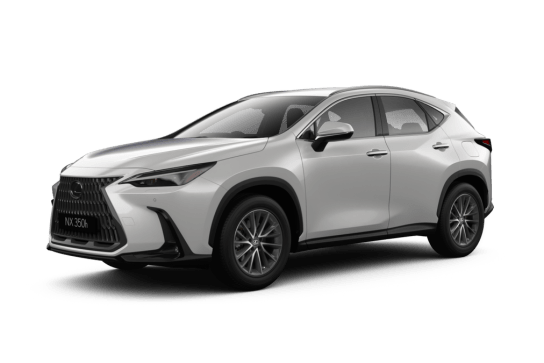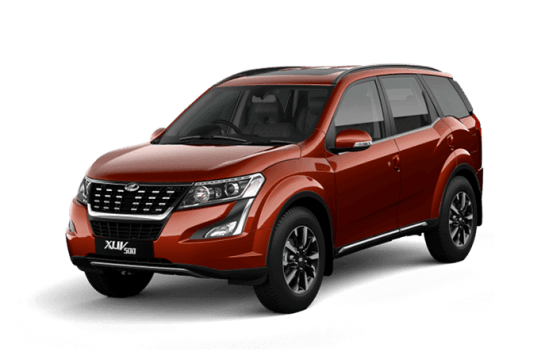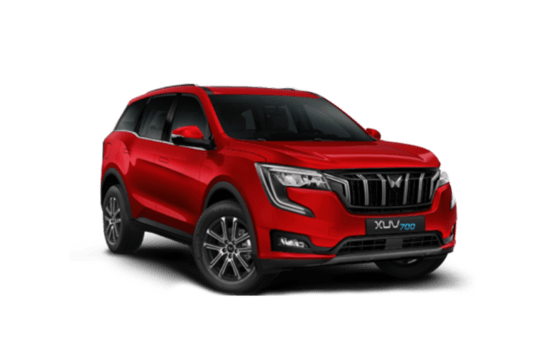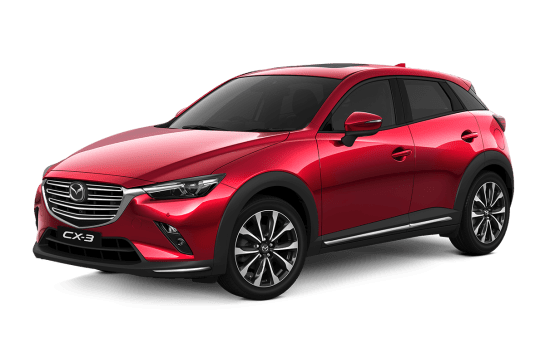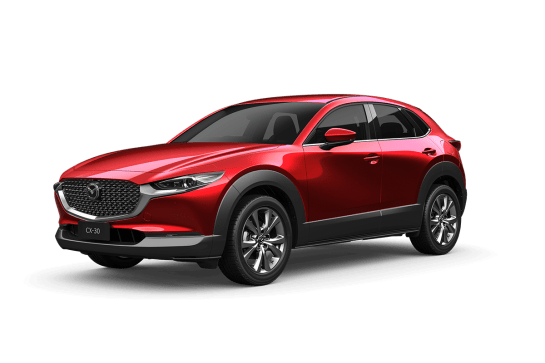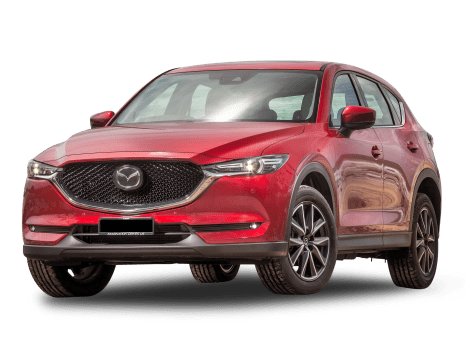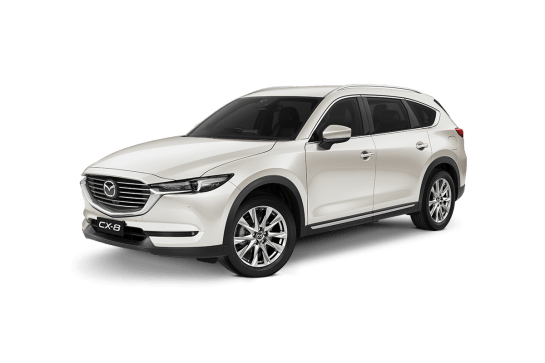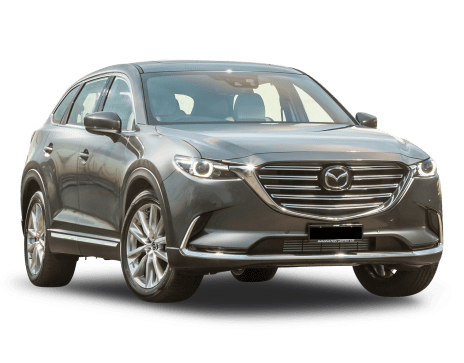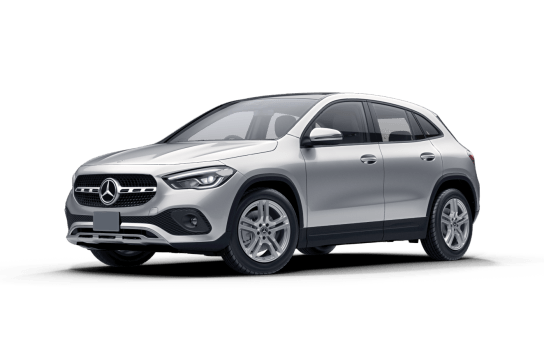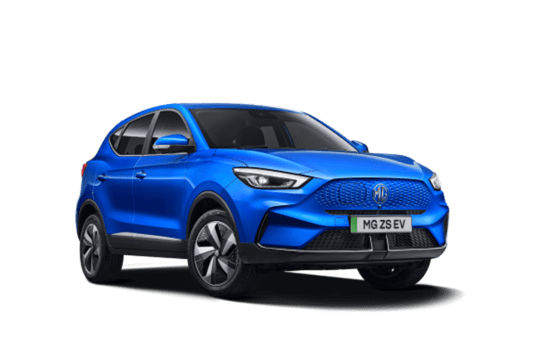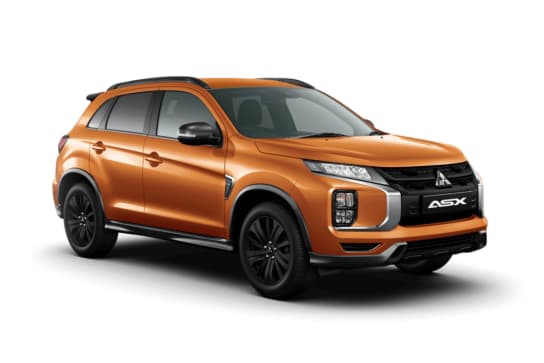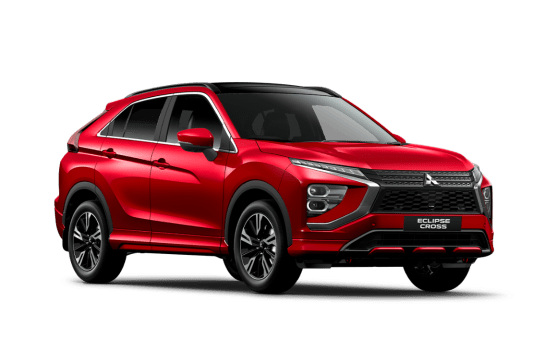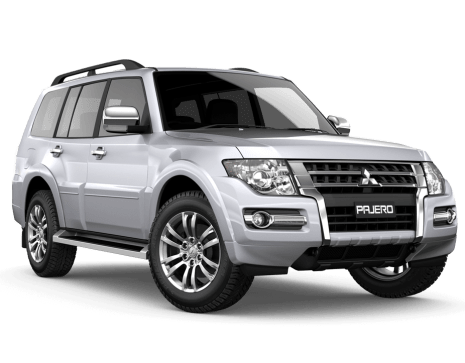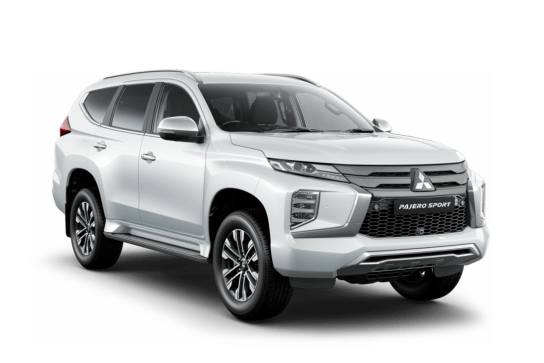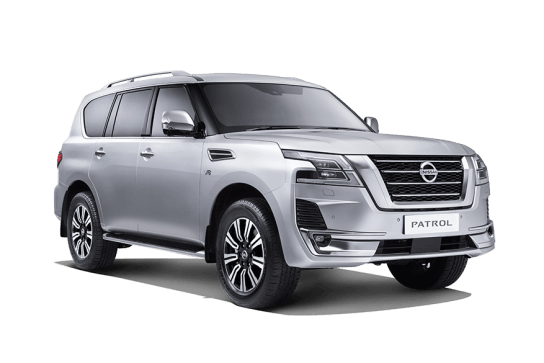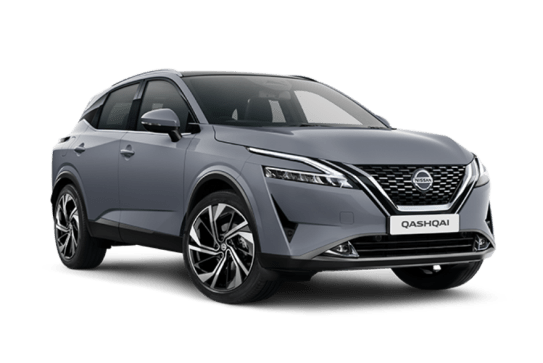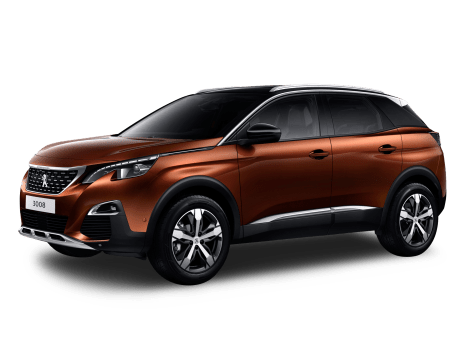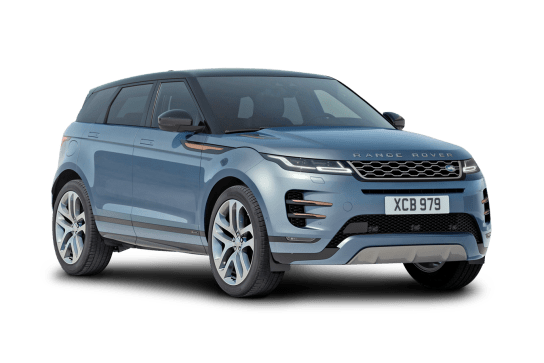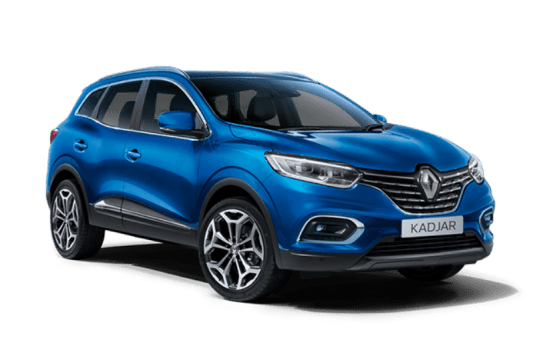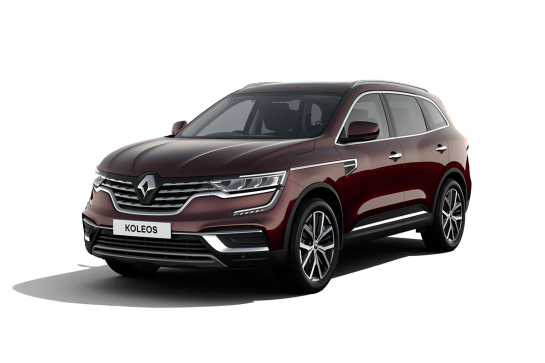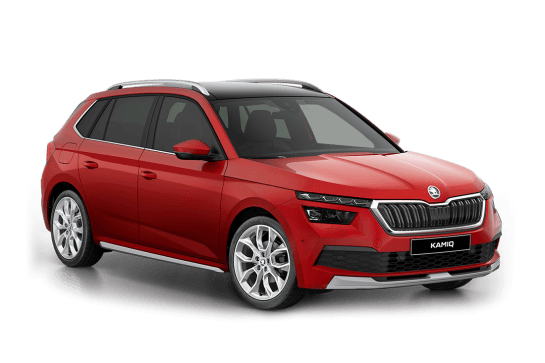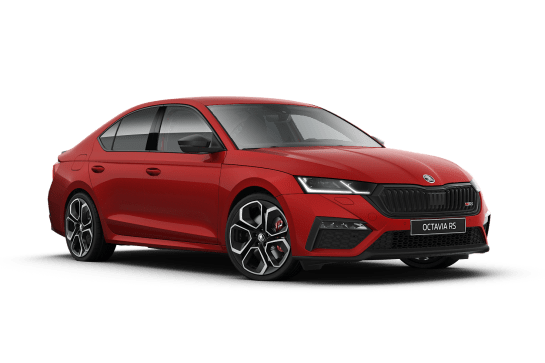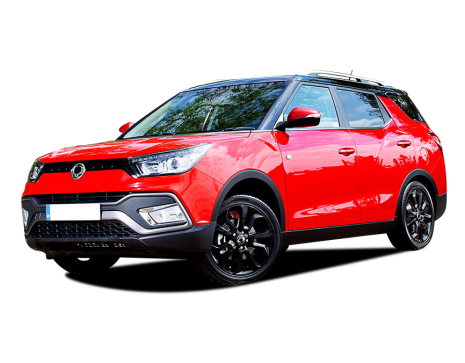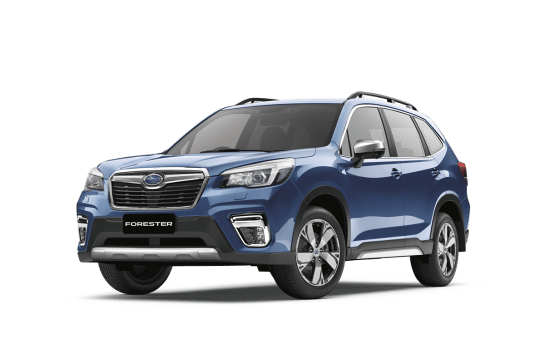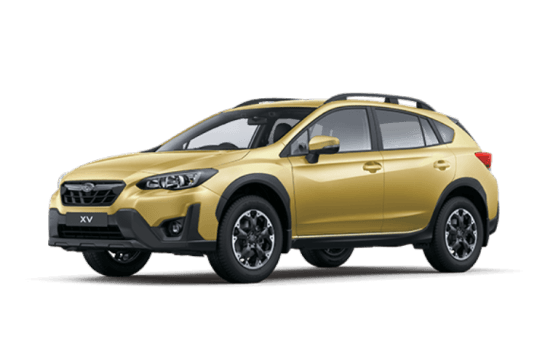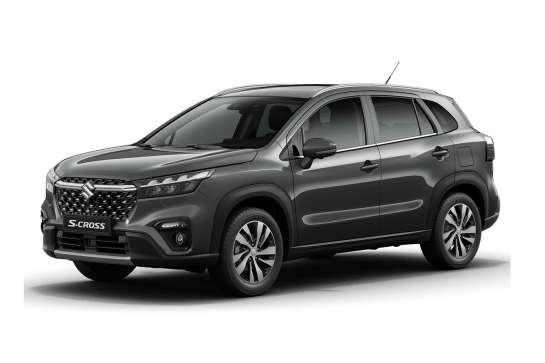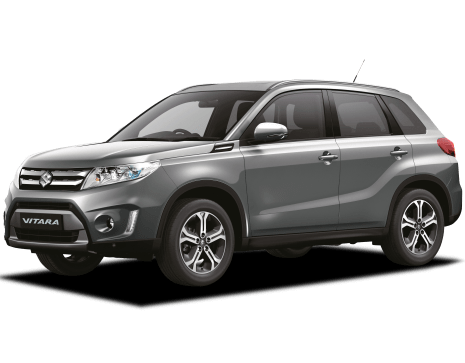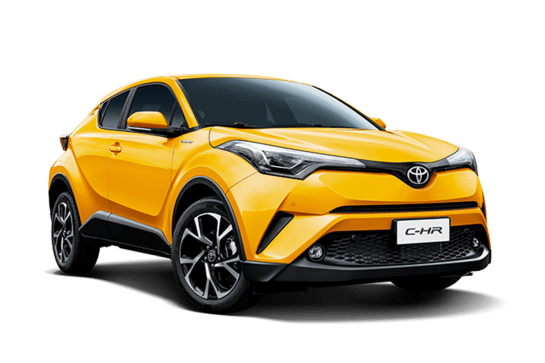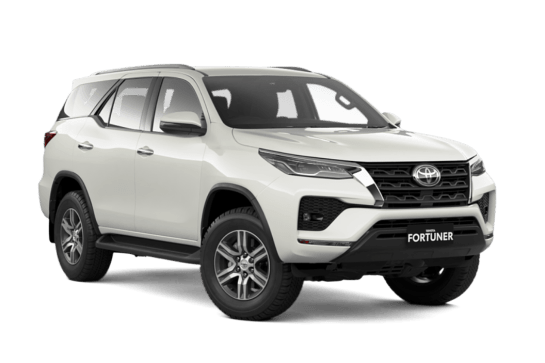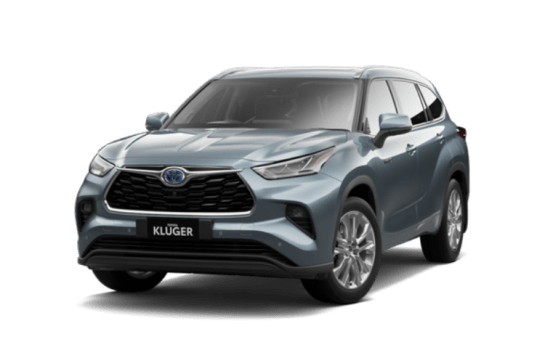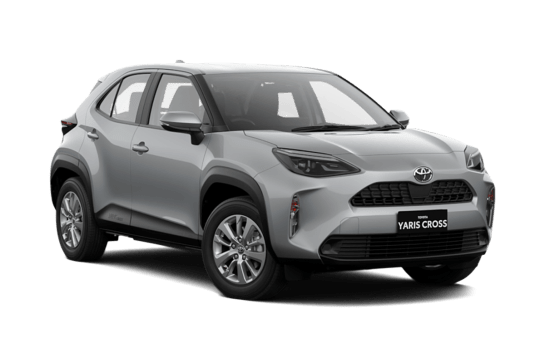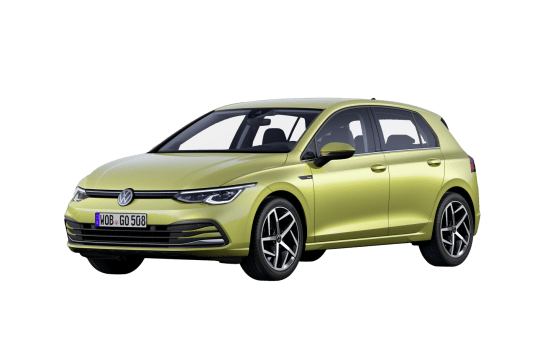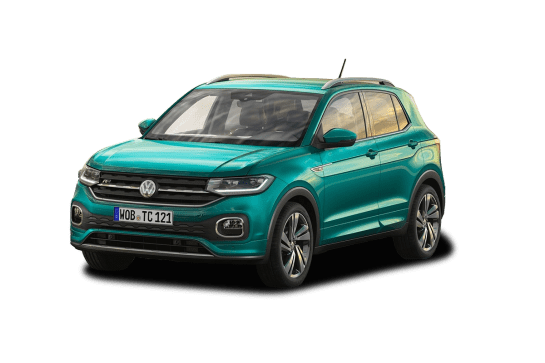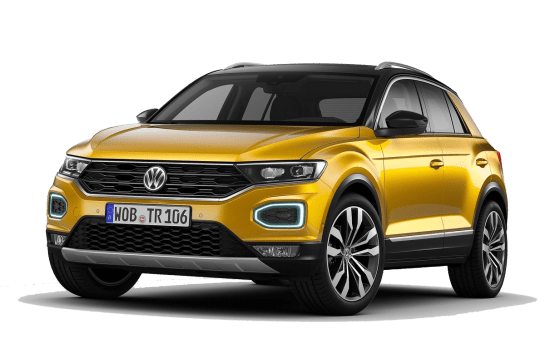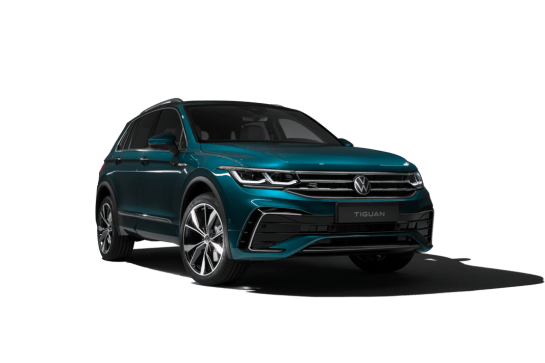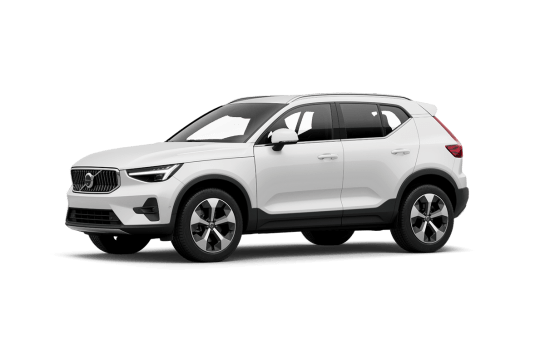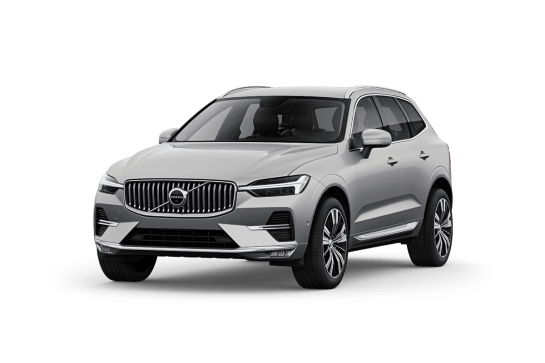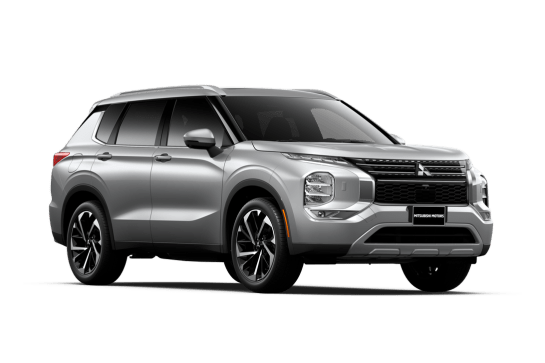
Mitsubishi Outlander VS Suzuki S-Cross
Mitsubishi Outlander
Likes
- Nice to drive
- Well-appointed cabin
- Refined hybrid system
Dislikes
- No spare tyre
- Squeeze third row
- Multimedia touchscreen should be bigger
Suzuki S-Cross
Likes
- Strong turbo powertrain
- Practical and spacious cabin
- Surprisingly agile handling
Dislikes
- High prices
- Dated design
- Needs 95 RON premium unleaded
Summary
Mitsubishi Outlander
At this point in history, hybrid vehicles are your best bet if you want to feel good about trying to save the world while actually enjoying daily driving duties and avoiding any (real or imagined) driving-range anxiety you may experience in a full EV.
A hybrid vehicle – i.e. one with a traditional fuel source (petrol or diesel) and electric power – is a cheaper alternative to a full-blown EV and yields better fuel economy and less environmental impact than a standard ICE vehicle (powered only by petrol or diesel).
And the Plug-in Hybrid EV (PHEV) version of the Outlander offers welcome fuel cost-savings over ICE vehicles and, in top-spec GSR guise, it has a premium look and feel and, on paper, packs plenty of standard features into a sub-$80,000 package.
Read more about
- Mitsubishi's updated family favourite spotted: 2025 Mitsubishi Outlander takes shapes as it prepares to battle the Toyota RAV4 Hybrid, Nissan X-Trail ePower and Kia Sportage
- Next-gen Mitsubishi Pajero takes shape in fresh renders: Details from Japan shed light on rugged new Toyota LandCruiser and Nissan Patrol rival apparently in development: Reports
- More electric range for Mitsubishi Outlander plug-in hybrid: updated family SUV and rival to BYD Sealion 6 gets better fuel economy and powertrain upgrades for 2025, but when will it come to Australia?
But how does this seven-seater SUV hybrid handle daily-driving duties?
Read on.
| Safety rating | |
|---|---|
| Engine Type | 2.4L |
| Fuel Type | — |
| Fuel Efficiency | 1.5L/100km |
| Seating | 7 seats |
Suzuki S-Cross
Would you consider a European-made small SUV with a terrific turbo engine from one of our all-time favourite hot hatches, a reliable torque-converter auto, ample room for five plus luggage, and all from under $40K?
You’d be at the very least a bit curious, right?
Behold the latest Suzuki S-Cross! Okay. It’s been around the sun nearly a dozen times. And you can clock its age in a couple of key areas.
Read more about
But this crossover from the class of 2013 is not even close to being the oldest-in-show (stand up, Mitsubishi ASX). And, as our testing revealed, the S-Cross can still teach far newer rivals like the Kia Seltos, Mazda CX-30, Haval Jolion and Subaru Crosstrek a thing or two.
Because thoughtful design is timeless. Time, then, to crack open the S-Cross.
| Safety rating | — |
|---|---|
| Engine Type | 1.4L turbo |
| Fuel Type | — |
| Fuel Efficiency | 6.2L/100km |
| Seating | 5 seats |
Verdict
Mitsubishi Outlander7.8/10
The Outlander PHEV in GSR spec is a nifty daily driver, quietly appealing and more than capable of heading off-road as long as you drive it well within its AWD limits.
If you reside in the city or suburbs and your daily driving is not too punishing in terms of distance, then this PHEV makes a lot of sense. A hybrid vehicle is a happy-compromise move towards an EV future – and the Outlander PHEV is a big step in the right direction.
Suzuki S-Cross7.1/10
Back in the day, you’d hear people say they’d never buy an all-new car, but instead get the last of the old model that would have had all the bugs ironed out.
If this sort of homespun logic makes sense, then maybe the latest S-Cross might just be the perfect SUV car for you.
Not only has it been in production for years, there is nothing fundamentally wrong with it. Indeed, for performance, packaging and ease, it does plenty that's right. Thoughtful design is timeless.
But there are newer alternatives that look way fresher (particularly inside) yet cost the same or less, and offer more, including updated driver-assist safety.
Still, you can do a lot worse than take an S-Cross for a test drive.
Design
Mitsubishi Outlander
In terms of exterior dimensions, this PHEV is 4710mm long (with a 2706mm wheelbase), 1862mm wide and 1745mm high.
The Outlander is an inoffensive-looking AWD wagon with an appearance every bit in line with its GSR spec and price-tag without going over the top.
On the outside, this top-shelf GSR incorporates Mitsubishi’s 'Dynamic Shield' design facade, which was divisive in its early years but has since attracted its fair share of fans.
On the inside, this Outlander has black leather-appointed upholstery with silver stitching, the same treatment applied to the soft-touch armrests, centre console top, sections of the dash and elsewhere.
And the big 20-inch machined alloy wheels top off a classy yet relatively subdued overall look.
In the realm of medium-sized city-going SUVs with weekend road-trip inclinations – think Hyundai Santa Fe, Kia Sorento, Kia Sportage and the Outlander’s hybrid rivals like the Nissan X-Trail e-Power, Toyota RAV4, et al – this Mitsubishi AWD more than holds its own because in terms of design none of them are bound to set hearts a-flutter. But they’re all fine.
Suzuki S-Cross
It took Suzuki not one, not two, but three goes before the stylists succeeded in making the S-Cross look good.
The original was like an early Nissan Dualis clone, but all droopy faced, so they grafted on an aggressively toothy face back in 2016 that only a gargoyle’s mother could love.
At least this latest version – said to have been designed in Italy, no less – no longer looks like Frankenstein’s monster.
Released during 2022, the blockier nose, squared-off profile and restyled posterior are meant to make the S-Cross seem larger than its more-successful (and prettier) Vitara sibling, which uses the same platform, by the way.
Not a bad makeover job as far as big facelifts go, then, especially considering the Suzuki’s windscreen, doors and roof remain as before.
Practicality
Mitsubishi Outlander
This SUV boasts a family-friendly and functional interior with a premium feel, even if it does seem somewhat underdone for the price.
But it has all the right elements of a family tourer, in a cosy cabin in which it’s easy enough for driver and passengers to spend a chunk of time on lengthy road trips without complaint. I know, because we did.
The GSR has comfortable leather seats, a (mostly) user-friendly multimedia system, plenty of charge points (USB-A and USB-C up front and two USBs for second-row passengers), lots of soft-touch surfaces and a reasonable amount of storage space peppered throughout.
Nice touches, such as the heated steering wheel and heated front seats, which also have the massage function, top off what is an impressive interior.
There is wired charging for smartphones with Apple CarPlay or Android Auto, as well as a wireless charging pad. There are also 240V/1500W power outlets.
The 9.0-inch multimedia touchscreen is too small for me (perhaps a case of Old Bloke Eyes?), but it’s better when engaged in Apple CarPlay mode. The 12.3-inch high-resolution digital driver display is simple enough to use, and the 10.8-inch head-up display is a handy feature.
The driver has an eight-way power adjustable seat, so they’re able to dial-in their favourite driving position.
As stated, this Outlander’s seats are comfortable with a reasonable amount of room for everyone, though the third row is a tight fit for anyone other than children.
The second row is a 40/20/40 split configuration, while the third row is 50/50.
In terms of packing space, there is 191 litres in the rear cargo area when all seats are being used, 461 litres when the third row is folded flat, and 1387 litres when the second and third rows are stowed away.
Suzuki S-Cross
It might be an old interior, but at least Suzuki got the fundamentals right in the first place, while also bothering to update the electronics for it to at least seem more contemporary.
Basics first. In typical SUV fashion, entry and egress are excellent, via tall and wide doors with corresponding apertures. There’s a pleasing sense of space for taller occupants, especially in terms of leg and head room.
Once sat in the driver’s seat, the mid-last-decade looking dashboard is instantly familiar and completely non-intimidating.
Concise and surprisingly elegant analogue dials (now with an auxiliary digital speedo, at last) sit ahead of the driver, along with a reach-and-height-adjustable steering column that allows for people of all shapes and sizes to find the right position. Deep windows provide extensive vision and let lots of light inside, too.
Finished in what looks like stitched leather and chainmail-inspired inserts, the front seats in this Plus grade are wide enough for comfort yet bolstered enough for some support through corners.
We rate them, though driver-lumbar and front-passenger height adjustments are disappointingly absent.
Years ago, reviews lambasted manufacturers for providing “too many buttons”, but after an endless succession of touchscreens housing most (if not all) audio, climate and vehicle control access, we miss the days of the button-fest.
If you do too, the S-Cross obliges with array of climate-control switches and driver-assist buttons located around the driver for fast and definite access.
On the other hand, while Suzuki’s new 9.0-inch touchscreen does a fine job housing other vital vehicular and multimedia functions, it drops the ball with no volume knob.
The alternative looks like a slide control but relies on clumsy pushing. Fail. Luckily the steering-spoke-sited toggles do the same job far better, at least for the driver.
Kudos, too, for the effective and intuitive multimedia system, that packs a lot in a small-ish space. The excellent surround/aerial-view camera rates a mention, as well as wireless Apple CarPlay that hardly ever drops out.
Nobody is going to mistake the extensive plastic trim and other finishes as premium, but it isn’t horrendous, doesn’t inflict occupants with the cheap off-gas stink often found in bargain-basement brands, and absolutely nothing rattled or squeaked in our time with the Suzuki.
Storage is also impressive, from the large glove box and deep centre bin/armrest to bottle-gobbling pockets on all four doors. Cups are also well-catered for.
However, betraying the S-Cross’ age are the AWOL wireless charging, head-up display (at this price… ), USB-C outlets and configurable instrumentation.
Moving on to the rear seat reveals a family-friendly environment as far as space is concerned, with adequate comfort provided by the (slightly) reclinable backrest and (fixed) cushion. The windows lower all the way down and the folding centre armrest has a cupholder, too.
But while you’ll find a single map pocket and overhead grab handles, there are no USB ports (at all), nor overhead reading lights or rear-facing air vents.
Never mind. At least the rear backrest reclines (a tiny bit) for added comfort, while further back, boot capacity is a useful 430 litres.
The load area is flat and wide and a space saver spare wheel is located underneath the boot floor.
The backrest has a 60/40 split and the floor can be positioned in different locations. Volume jumps to 1230L with the backrests dropped.
If you rate space, practicality and ease above modernity, then, the S-Cross still holds up remarkably well. Just keep in mind that its interior will appear dated compared newer and flashier competition.
Price and features
Mitsubishi Outlander
The seven-seat 2024 Mitsubishi Outlander PHEV GSR is the top-shelf variant in a five-model PHEV AWD range and has a price-tag of $73,790, excluding on-road costs.
Standard features include a 9.0-inch multimedia touchscreen, a 12.3-inch digital driver display, wireless smartphone charging, a nine-speaker BOSE sound system, multi-zone climate control, a leather-trimmed steering wheel, head-up display, heated massage front seats, two-tone leather-appointed seat trim, a panoramic sunroof, a powered tailgate and 20-inch alloy wheels.
Exterior paint options for the GSR are, 'White Diamond', 'Red Diamond', 'Black Diamond' or 'Graphite Grey'.
Note: The Outlander does not have a spare tyre – not even a space-saver.
The Outlander PHEV has few to no rivals in the mid-size SUV segment, certainly none that can offer anything near Mitsubishi’s (conditional) 10-year/unlimited kilometre warranty.
Suzuki S-Cross
As we’ve established, the base S-Cross Turbo front-wheel drive (dubbed 2WD in SUV-speak) starts from $39,990 (all prices are drive-away), while the Plus version tested here costs $42,490 drive-away.
But, just a couple of years back, the pre-facelift S-Cross version kicked off from about $10K less. And, before that, much the same car could be had for mid-$20K.
Suzuki doesn’t make it easy for itself, does it.
At least the S-Cross comes with a decent rollcall of kit, including dual-zone climate control, a 7.0-inch touchscreen, DAB+ digital radio, satellite navigation, wired Apple CarPlay/Android Auto, front fog lights, keyless entry/start, heated front seats, electrically folding and heated exterior mirrors, rear privacy glass and 17-inch alloy wheels.
'Autonomous Emergency Braking' (AEB), lane keep assist, a blind-spot monitor, rear cross-traffic alert, front and rear parking sensors, automatic LED headlights with high beam assist, adaptive cruise control and a reverse camera headline the standard safety items. More on those in the Safety section below.
For a $2500 premium, the S-Cross Turbo Plus ushers in a larger (9.0-inch) touchscreen, wireless Apple CarPlay/Android Auto, a 360-degree surround-view camera, leather trim and polished alloys.
This lines up with the all-wheel drive (AWD) Prestige AllGrip equivalent, though it misses out on the latter’s panoramic sunroof.
Price and equipment-wise, the Plus matches rival mid-grade 2WDs like the Toyota Corolla Cross GXL, Nissan Qashqai ST+, Mazda CX-30 G20 Touring, Kia Seltos Sport+ and Mitsubishi Eclipse Cross Aspire.
Just keep in mind, all are substantially newer generationally than the S-Cross, even though it did go under the scalpel a couple of years back.
Under the bonnet
Mitsubishi Outlander
The Outlander PHEV has a 2.4-litre four-cylinder petrol engine producing 98kW at 5000rpm and 195Nm at 4300rpm, an electric motor on the front and rear axles, and a lithium-ion battery pack with a total capacity of 20kWh.
Combined output (engine and electric motors) is 185kW and 450Nm and this PHEV’s electric-only driving range is listed as 84km on a full charge.
It has a single-speed transmission and drive modes include 'Eco', 'Normal', 'Power', 'Tarmac', 'Gravel', 'Snow' and 'Mud'.
It has three power-use settings: 'EV Mode' for low to medium speeds urban running, 'Series Hybrid Mode' which allows the petrol engine to step in for urgent acceleration or climbing hills and 'Parallel Hybrid Mode' for highway overtaking where the vehicle runs on engine power with electric assistance.
Suzuki S-Cross
Here’s where the S-Cross definitely does not show its age, because Suzuki sure knows how to engineer a great engine. And automatic transmission, too. Take note, rivals.
Of course, we’re talking about the long-lived 'BoosterJet' powertrain, as found in the terrific Swift Sport hot hatch.
In this case, the 1.4-litre twin-cam, direct-injection, turbo-petrol four-cylinder engine delivers 103kW at 5500rpm and 220Nm of torque between 1500-4000rpm. Tipping the scales at 1260kg, this results in a power-to-weight ratio of 82kW per tonne.
Not huge numbers, granted, but this little firecracker certainly punches above its weight in the seamless way performance is served up, helped out by the intelligent spread of ratios from the standard six-speed torque-converter automatic transmission, with paddle shifters included. Sadly, no manual gearbox is available.
Efficiency
Mitsubishi Outlander
The Mitsubishi Outlander PHEV GSR has a listed fuel consumption of 1.5L/100km on a combined (urban/extra-urban) cycle but, as with all official fuel figures from any carmaker, you can take it with a hefty grain of salt.
That said, if your daily driving distances are within this PHEV’s electric driving range (84km, as listed) and you’re able to drive in EV mode most of the time, then at the very least you will have chopped your fuel bill.
On this test, dash-indicated fuel consumption was 5.8L/100km; actual fuel consumption, as measured from pump to pump, was 7.7L/100km.
The good news is the Outlander PHEV runs happily on the cheaper 91RON 'standard' fuel.
Our dash-indicated power usage was 20.8kWh/100km. This PHEV gobbled through most of its 20kWh battery capacity quite swiftly on the drive from the vehicle pick-up point in Sydney to our test start-point just over 100km away.
It recouped 10km electric driving range via regenerative braking on a series of long downhills when set to ‘Charge’ driving mode (with the combustion engine generating power to the battery), but I had to cycle through regen modes to optimise that power regain.
The dash-indicated combined driving range (battery and engine) was 748km on a full charge and a full 56-litre tank.
Mitsubishi states that if you’re charging off a standard household power point it will take “approximately” 9.5 hours to fully charge your Outlander – or 6.5 hours if you’re using a home or public charging device.
Things speed up considerably if you use a public rapid recharging station. In that case, Mitsubishi says your Outlander Plug-in Hybrid EV will reach 80 percent battery capacity in 38 minutes.
Suzuki S-Cross
Suzuki reckons the S-Cross will average 5.9L/100km on the combined cycle, though keep in mind that it requires expensive 95 RON premium unleaded petrol.
As far as carbon dioxide emissions are concerned, that translates to between 138 and 145 grams/km.
We managed about 7.7L/100km – and this included some very spirited performance testing with the air-con always on, against the trip computer’s more-accurate-than-expected 7.4L.
With a 47-litre fuel tank, expect a range of about 790km between refills.
Driving
Mitsubishi Outlander
As mentioned earlier, hybrids are your best buy at this moment in time, if you want to help save the world from climate-change disaster, avoid range anxiety, and save some money on fuel bills – all without having to sacrifice safety, comfort or features.
And – bonus – the Outlander is quite nice to drive. Not to mention a pretty handy light-duty off-roader. But more about that later.
It has a kerb weight of 2145kg with light but sharp steering and a tight (11.2m) turning circle so it’s an easy vehicle to manoeuvre around busy city and suburban streets.
The teaming of a 2.4-litre four-cylinder petrol engine and two electric motors works seamlessly well. There's always plenty of power on tap and, no matter how energetic your driving becomes, this Outlander remains smooth and quiet.
Throttle response is sharp and there’s plenty of punch off the mark as well as zippiness around town when you need it.
The PHEV’s EV-only driving range is a listed 84km but our test vehicle chewed through most of its battery power on a 110km highway trip through hilly territory.
Regenerative braking regained very little of that used power and the Outlander switched to rely on petrol for the remaining 30km or so of that trip.
The driver is able to adjust the degree of regenerative braking via paddle shifters on the back of the steering wheel: use the left to add more and the right to ease up.
The drive mode options tweak engine, electric motor, transmission and other factors to suit the selected set-up.
Other than that, ride is quite firm, handling is civilised and, overall, this Outlander is rather pleasant on sealed surfaces.
And, as I alluded to earlier, it’s surprisingly comfortable and capable off-road – as long as you stick within the parameters of the kind of 'off-road' terrain an AWD SUV is built to cope with: well-maintained gravel roads and dirt tracks with minor corrugations in dry conditions… or, at worst, rain-puddled blacktop.
The Outlander has satisfactory off-road measures for a city-focussed vehicle: of 18.3 degrees (approach angle), 22.2 degrees (departure), 18 degrees (ramp breakover) and 203mm of ground clearance (unladen).
It feels nimble in the bush because steering is light and precise, visibility is good all-around, and the vehicle settles well on gravel and dirt tracks at speed, only ever skipping around a bit on rougher sections, due to its firm suspension and road tyres.
You can switch drives modes to either Gravel, Snow or Mud to best suit the terrain on which you’re driving but with the Outlander’s lack of ground clearance, road-biased tyres and 20-inch wheels, this SUV is hamstrung by its city-biased physicality.
But, this is still a handy dirt-road tourer, yielding comfortable and controlled ride and handling, only ever becoming rattled when the road or track surface becomes very chopped up and bumpy.
The Outlander’s 'Super-All Wheel Control' (S-AWC) system deserves a fair amount of credit. This traction control system manages torque application so it is instantaneous, and delivers drive with impressive levels of throttle control and an even-handed management of power.
Worth noting the Outlander did, of course, go through battery capacity at a faster pace off-road than it did when we were on sealed surfaces .
Off-roading, by its very nature, is more difficult and demands more of a vehicle than driving on smooth sealed surfaces does. And, for that reason – and the fact the Outlander is quite low – I’d avoid driving this SUV on terrain more challenging than well-maintained gravel roads and dirt tracks with minor corrugations in dry conditions.
I’ve driven an Outlander PHEV on sand before and it taxes the capacity even faster.
As mentioned earlier, this Outlander does not have a spare tyre. The absence of a spare – even a space-saver – is a disappointment, especially if you’re considering using your PHEV as a touring vehicle. A puncture repair kit is provided.
Payload is listed as 605kg, towing capacity is 750kg for an unbraked trailer and 1600kg braked. GVM is 2750kg and GCM is 4350kg.
Suzuki S-Cross
So, if you’ve read this far down, you might have been pleasantly surprised by the S-Cross' spacious and practical interior, ease of operation and decent equipment levels.
Yet the main event lives under the bonnet.
Let’s start with the performance. Throttle response is instant and lag-free, allowing for strong acceleration right from the get go. No jerkiness, no delays, no hiccups.
On the move, the S-Cross' power delivery continues to impress, feeling smooth and slick across the rev range. The finely-tuned torque-converter auto – rather than a CVT continuously variable transmission or dual-clutch – must surely play a role in this Suzuki's effortlessly consistent performance.
Where the turbo engine really shines, though, is at higher speeds, with ample power and torque still left in reserve for when you need to overtake or pull away in a hurry.
Delightfully muscular yet super creamy to boot, the BoosterJet remains one of the best internal combustion engine choices available in any small or medium-sized SUV, regardless of price and positioning.
If only Suzuki put a little more love into the S-Cross’ dynamics.
As with the AWD model, the S-Cross 2WD features electric rack and pinion steering, while its suspension consists of a MacPherson strut-style design up front and a torsion beam rear-end arrangement.
While easy and precise, with a tight-ish turning circle for easy urban manoeuvrability, the steering feels too light after all that delicious oomph on offer, especially at higher speed.
This is doubly disappointing, because the chassis is quite firmly set-up, meaning the S-Cross offers sharp yet controlled handling that allows it to be hustled quickly and confidently through fast corners.
We suspect the high-quality Michelin 215/55R17 tyres help. And, speaking of rubber, road noise is fairly subdued out on the open road.
Criticisms? Unlike in the AWD version, the 2WD seems a little skittish at speed on gravel. It’s a good thing the well-modulated driver-assist systems are at the ready. Unlike in so many other SUVs, including in MGs and Havals, their intervention isn’t too zealous or ill-judged.
Also, the Suzuki’s ride around town can be a bit stiff, but never harsh, over smaller-frequency bumps and surface irregularities.
Still, our overall impression is that the eager S-Cross feels far newer to drive than its birth date suggests. That turbo powertrain must take the credit for much of that.
Safety
Mitsubishi Outlander
The Mitsubishi Outlander has the maximum five-star ANCAP safety rating from testing in 2022.
It has eight airbags (driver and passenger front, driver and passenger front side, driver knees, centre and curtain) , as well as a comprehensive suite of driver-assist tech including AEB (with pedestrian/cyclist/junction assist), adaptive cruise control, blind-spot assist, lane departure warning, lane-keep assist, driver attention monitoring, emergency lane-change warning (with auto braking), traffic sign recognition, front and rear parking sensors as well as an around-view monitor.
There are two ISOFIX child seat anchors and three top-tether points across the second row.
Suzuki S-Cross
While the pre-facelift S-Cross from 2013 to 2022 managed a maximum five-star crash-test score, no ANCAP rating information is available for the current JYB series.
There is a decent amount of safety gear as standard, though, including autonomous emergency braking (AEB), lane departure warning, blind-spot monitoring, rear cross-traffic alert, 'Weaving Alert' (a driver-drowsiness warning prompt), front/rear parking sensors, adaptive cruise control (with full-stop functionality) and auto high beams.
Note that while the adaptive cruise control brings you to a halt, there’s no traffic-follow function as found in newer systems, betraying the S-Cross’ advancing years.
Plus, Suzuki does not supply information about the AEB and other driver-assist tech’s operating parameters.
Also fitted in every S-Cross are seven airbags (dual front, dual front side, curtain and driver’s knee), electronic stability control, anti-lock brakes with electronic brake-force distribution and brake-assist.
The rear seats contain a trio of child-seat tether anchorages, as well as an outboard pair of ISOFIX attachments.
Ownership
Mitsubishi Outlander
The Outlander range is covered by a 10-year/200,000km warranty – as long as servicing is completed on time by an authorised Mitsubishi dealership (otherwise, five years/100,000km) – and 10 years capped price servicing and 12 months roadside assist.
Outlander service intervals are scheduled at 12 months or 15,000km. Service costs can officially range from $349 through to $799 for a 10-year average of $549 per workshop visit.
The battery set-up has an eight-year/160,000km warranty.
Suzuki S-Cross
Suzuki offers an industry-average five-year/unlimited kilometre warranty and roadside assistance.
Service intervals are every 12 months or 10,000km, while basic capped-price servicing is available, with pricing ranging from a low of $329 per service up to a high of $539 for the first five years/50,000km. The average of $397 isn't particularly cheap.


